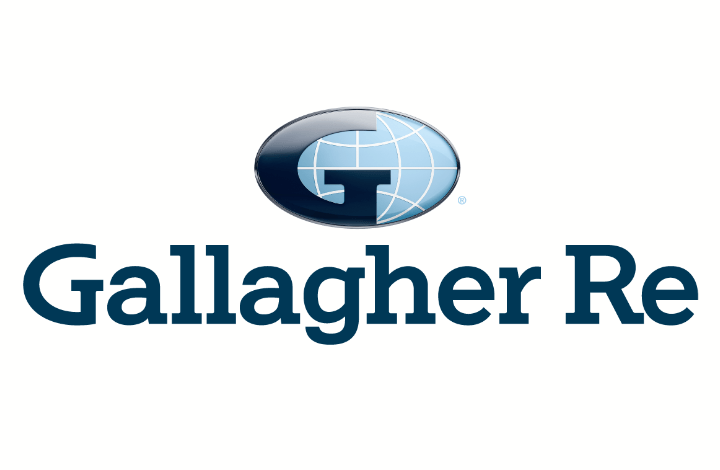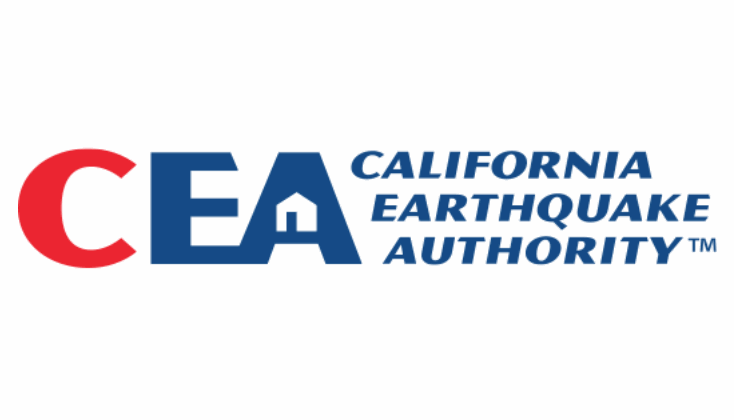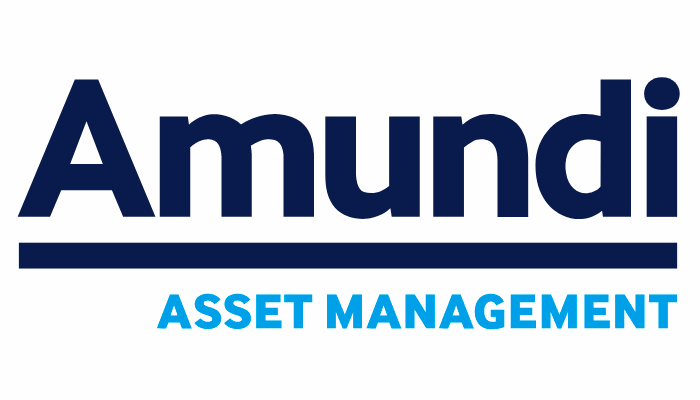Demand for non-marine retrocession capacity, which is largely property and catastrophe focused, was relatively stable at the key 1/1 renewals, but Gallagher Re noted that supply of capital for these opportunities was up resulting in more favourable conditions for buyers.
 As per the reinsurance broker’s 1st View report, demand for retrocession limit at 1/1 was broadly stable, following an increase in purchasing throughout 2024.
As per the reinsurance broker’s 1st View report, demand for retrocession limit at 1/1 was broadly stable, following an increase in purchasing throughout 2024.
“This was a nuanced dynamic by buyer, as some reduced ultimate net loss (UNL) orders through strengthened balance sheets, from retained earnings, or increased quota share cessions, while others purchased more to support underlying growth and favored UNL limit over industry loss warranties (ILW),” Gallagher Re explained.
Moreover, Gallagher Re noted that supply was bolstered as reinsurer growth ambitions combined with strong returns from 2024.
As a result, this drove increased appetite from incumbent players, and encouraged inflows of capital to both insurance-linked securities (ILS) and traditional rated carriers through quota share and sidecars.
Gallagher Re also added that earlier fears of the potential trapping of collateralised limit from Hurricane Milton on lower attaching occurrence and aggregate layers quickly diminished, with a limited impact to supply.
In addition, risk loss-free reinsurance rates for non-marine retrocession were renewed 0% to 10%, while catastrophe loss-free reinsurance rates decreased -5% to -15%, at 1/1. This is a reversal from last year when at the January 1st 2024 renewals non-marine retro core placements ranged from flat to -10% reductions.
Interestingly, the broker explained that this year’s renewal was heavily characterised by a very late renewal process, with a significant amount of limit transacted in the final two weeks of the year.
“Market conditions softened throughout December, with buyers seeking to differentiate themselves relative to portfolio, historical results, and prior renewal behavior to considerable success across coverage, retention, and price,” Gallagher Re explained.
Furthermore, cedants appeared to generally prioritise UNL purchases over indexed products, with Gallagher Re saying that some ILW limit was replaced at both earnings and capital levels.
“A significant softening in the catastrophe bond market pushed pricing further downwards on tail-exposed excess of loss covers,” the broker continued to explain.
Meanwhile, according to broker Howden Re, competitive pricing for industry-loss warranty (ILW) protection drove considerable interest from a growing demographic of buyers at the 1/1 renewals.





















 English (US) ·
English (US) ·